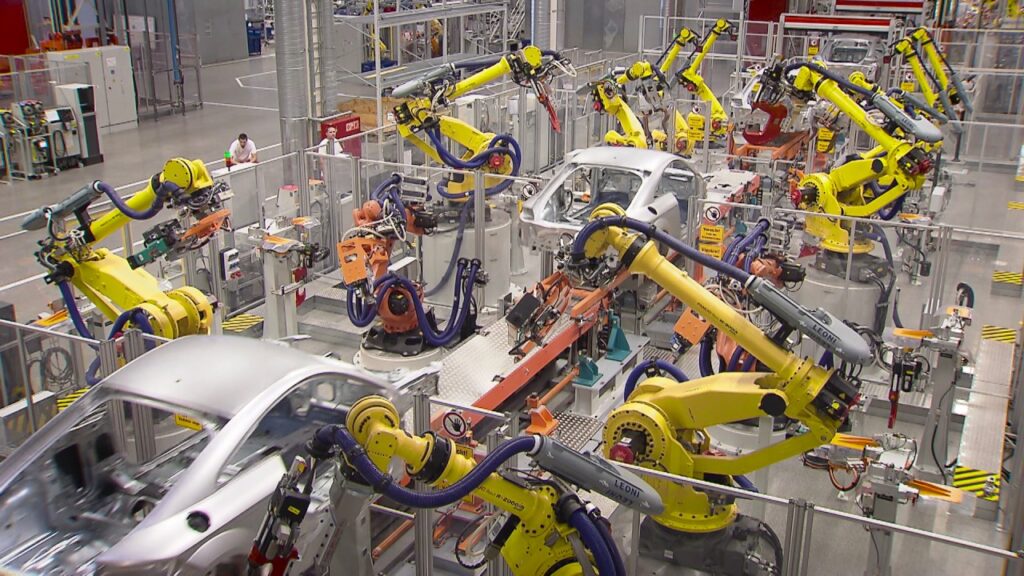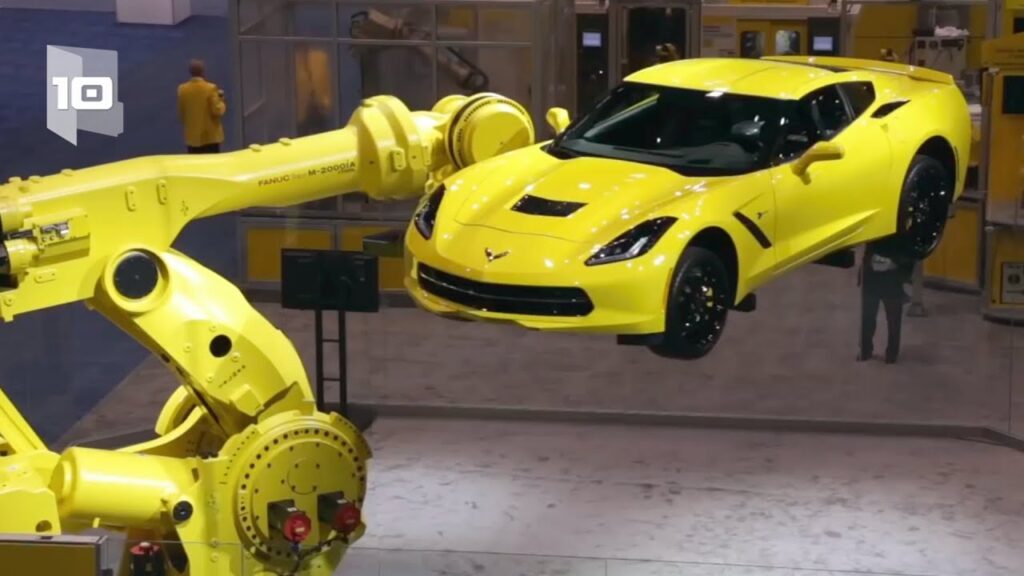Industrial Automation is the Future – Be ready for it!
Industrial automation has become an indispensable part of manufacturing processes in today’s rapidly evolving world. The use of advanced technologies such as computers and robots has revolutionized industries across the globe. With the advent of Industry 4.0 and the Internet of Things (IoT), the possibilities for industrial automation have grown exponentially. In this article, we will explore the various applications of industrial robots and how they are shaping the future of manufacturing.
Industrial robots, also known as industrial automation robots, are programmable machines designed to execute tasks with precision and efficiency. These robots come in various forms and sizes, from small robotic arms to large automated assembly lines. They are capable of performing repetitive tasks, often in hazardous or challenging environments, with minimal human intervention.
One of the most significant applications of industrial robots is in the automotive industry. Robots are extensively used in car manufacturing plants for tasks such as welding, painting, and assembly. These robots ensure faster production, improved quality, and increased safety for workers. With the help of intelligent sensors and advanced algorithms, these robots can adapt to complex manufacturing processes and deliver consistent results.
Another field where industrial robots are making a remarkable impact is logistics and warehousing. With the rise of e-commerce and the need for efficient order processing and delivery, robots are being deployed to optimize warehouse operations. These robots can navigate autonomously, locate items, and perform tasks such as picking, sorting, and packaging. By reducing manual errors and expediting the fulfillment process, these robots are revolutionizing the logistics industry.
Industrial automation robots also find extensive use in the healthcare sector. From performing precise surgical procedures to assisting in the rehabilitation process, robots play a vital role in improving patient outcomes. Surgeons can now use robotic systems to perform minimally invasive surgeries, resulting in smaller incisions, reduced pain, and faster recovery times. Rehabilitation robots help patients regain mobility and regain independence, especially for those with physical disabilities.
The use of robots in agriculture is another emerging application of industrial automation. With the global population expected to reach 9 billion by 2050, there is a growing need for efficient and sustainable farming practices. Agricultural robots are designed to perform tasks such as planting, harvesting, and pesticide application with precision. These robots economize resources, reduce labor costs, and improve crop yields. Additionally, they can monitor crop health, detect diseases, and optimize irrigation, leading to increased productivity and reduced environmental impact.
As we delve deeper into the world of industrial automation, it is imperative to consider the potential implications and challenges associated with this transformative technology. While robots offer numerous benefits, there are concerns about job displacement, ethics, and safety. The integration of robots into the workforce should be accompanied by robust retraining programs and the creation of new job opportunities.
In conclusion, the advent of industrial automation, driven by the use of computers and robots, has brought about a revolution in various industries. From automotive manufacturing to logistics, healthcare, and agriculture, the applications of industrial robots are vast and diverse. While this technology offers immense potential for increased productivity, efficiency, and safety, we must also address the associated challenges and ensure a smooth transition. Embracing industrial automation will undoubtedly pave the way for a brighter future in manufacturing.
Industrial Robot
“Kannada: Industrial Automation & Robots – The Future Workforce? Applications and Significance in Industrial Sector”
or
“Decoding Industrial Automation & Robots in Kannada | Implications and Applications in the Age of IoT”


